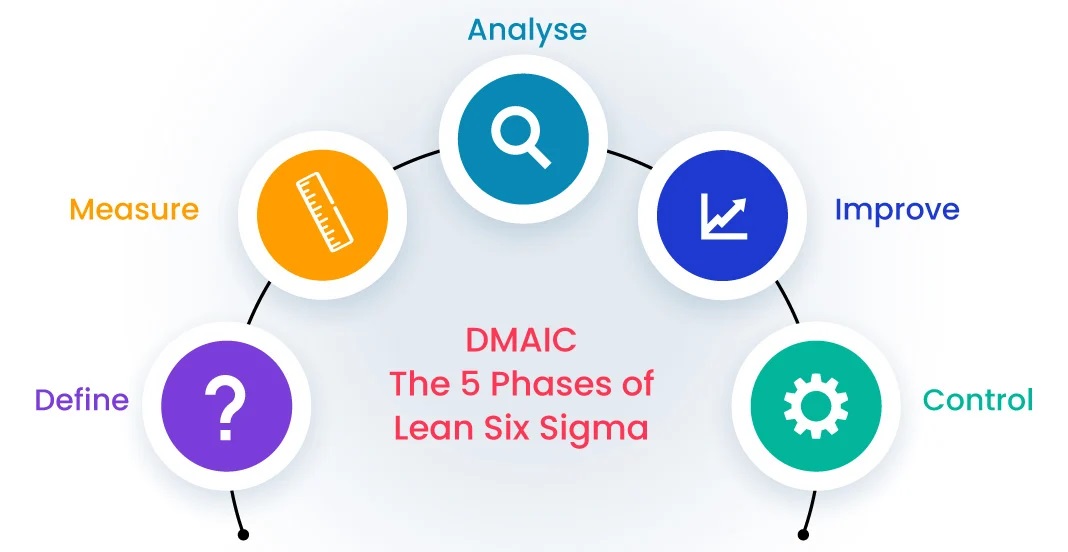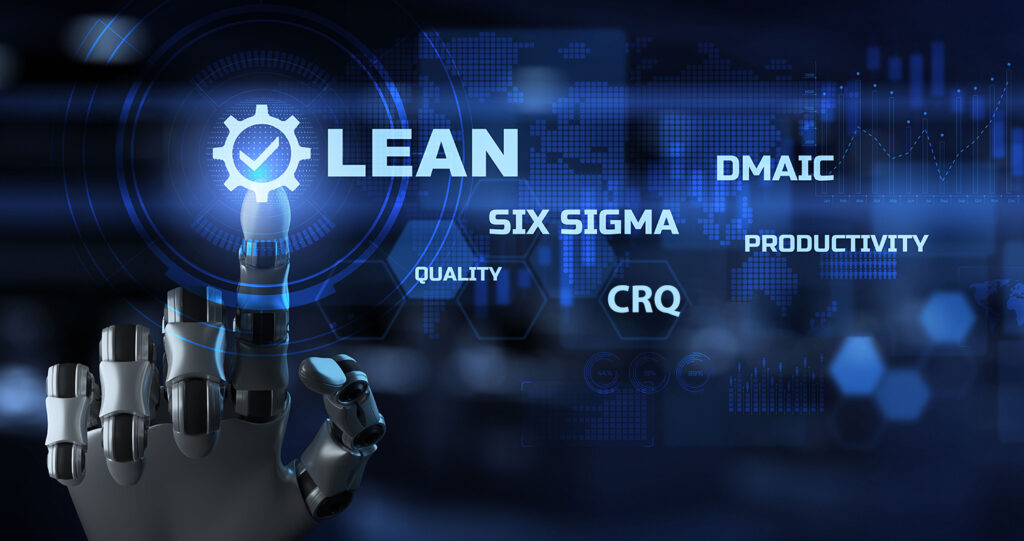Savannah Residents - Learn Lean Six Sigma’s History Here
Contact Us

It can be difficult to keep up with Lean Six Sigma history as it has come a long way, and more methodologies are involved compared to the usual situation of LSS being a unique and original method someone just came up with. At Lean Six Sigma Curriculum for Savannah High School Students of Georgia, we have used this methodology for far too long, and we want to make sure that those interested in it learn the basics about not only what it is but also where it came from as it influences training and how you utilize LSS in the future.
We love to introduce our students to the history and purpose of our methodology before they decide to enroll in any of our courses or training, so this is not rare for us.
First, you should know that LSS focuses on continuous improvement and customer satisfaction, all while reducing costs and eliminating waste. It is important to maintain high performance and quality as well.
In recent years, Lean Six Sigma has been considered for use in other industries and not only in manufacturing—in which it originated. This means that processes and procedures across all industries can be benefited from it as practitioners have tested the results and established strategies that work accordingly.
Now, moving to history, LSS was established to address the problem of Japanese companies dominating production and markets in the 80s and how American ones were particularly falling behind in comparison.
For Japan to achieve this, they implemented many methodologies, including the popular Kaizen one that companies have implemented throughout the world.
History reveals that the USA industries used both Six Sigma and Lean to achieve better results and ensure they could compete with Japan. However, they did this not while utilizing the two core methodologies LSS comes from but rather by combining them into the one we are learning about today.
What Methodologies Competed with LSS at the Same Time?
Before you can implement Lean Six Sigma or dive deeper into the past, it is important to fully understand what methodologies not only competed with it but also influenced its development so LSS could address the same problems—and more differently:
- Kanban method for workflow management.
- Kaizen is a philosophy of continuous improvement and self-development.
- Value stream mapping for optimizing process delivery.
They are all part of the competing methods back in the 80s, and they are also part of LSS’s bases today.
However, to be accurate about LSS, we have to focus on how Lean & Six Sigma allowed the improvement achieved with the main methodology.
Lean and Six Sigma: What They Did for Manufacturing
Toyota developed Lean in the late 1940s as a way to reduce non-value-adding activity and focus on customer satisfaction. For it, Lean core values were established:
- Your guide is your customers’ perspective.
- Reduce all work-related waste.
- Continue to improve and keep your customers in mind.

Toyota Production Systems (TPS), which is where Lean was first established, is also where we first notice its usage. Its founder, Japanese Taiichi Ohno, was the originator of Lean’s foundations. Some data shows that the methodology was founded upon Henry Ford’s innovations, Business Process Redesign, and others found in records from the 30s to the 40s when it originated.
To keep every detail simple, this is what using Lean looks like with a simple project:
- Lean begins with determining the customer’s added worth.
- Processes and cycles for value stream or mapping.
- Identify and increase the flow of wastes. To expose waste, data is collected and shared so the process can be improved later.
- Discuss how to set it all up so it can start when the customer asks and deliver when necessary—with “all,” it means processes and solutions to problems that could have been found.
- Employees should identify areas where they can improve and work together to fix them.
What About Six Sigma?
The method was developed by Motorola, and General Electric used it successfully at the time. Six Sigma, a process improvement technique that dates back to the 1980s, was first used to reduce variability in manufacturing processes.
It follows the DMAIC structure, which ensures processes and wastes can be identified, measured, and analyzed. Then, they are improved and monitored to ensure that there is no change but continuous improvement.
The model can also be ordered in DMADV (Design for Six Sigma) or DFSS versions. It is possible to identify and measure the most important indicators within a company. This will help you identify areas that need improvement. Six Sigma provides managers with tools and targets that will help them to create a structured improvement plan.
LSS for Process Improvement
With 6 Sigma and Lean clear, let’s set the record for Lean Six Sigma.
The methodology was born in the USA, and although it is basically a combination of both Six Sigma and Lean Six Sigma, as they would help companies achieve great manufacturing results in the late 1980s, it also includes more principles that are based around establishing better systems.
It has since been used in many industries and is now a valuable addition to any curriculum as practitioners are sought after throughout the country.
If you are interested in adding training and certification to your curriculum or want to offer LSS to workers and students, feel free to contact Lean Six Sigma Curriculum Pros of Savannah for more information.

